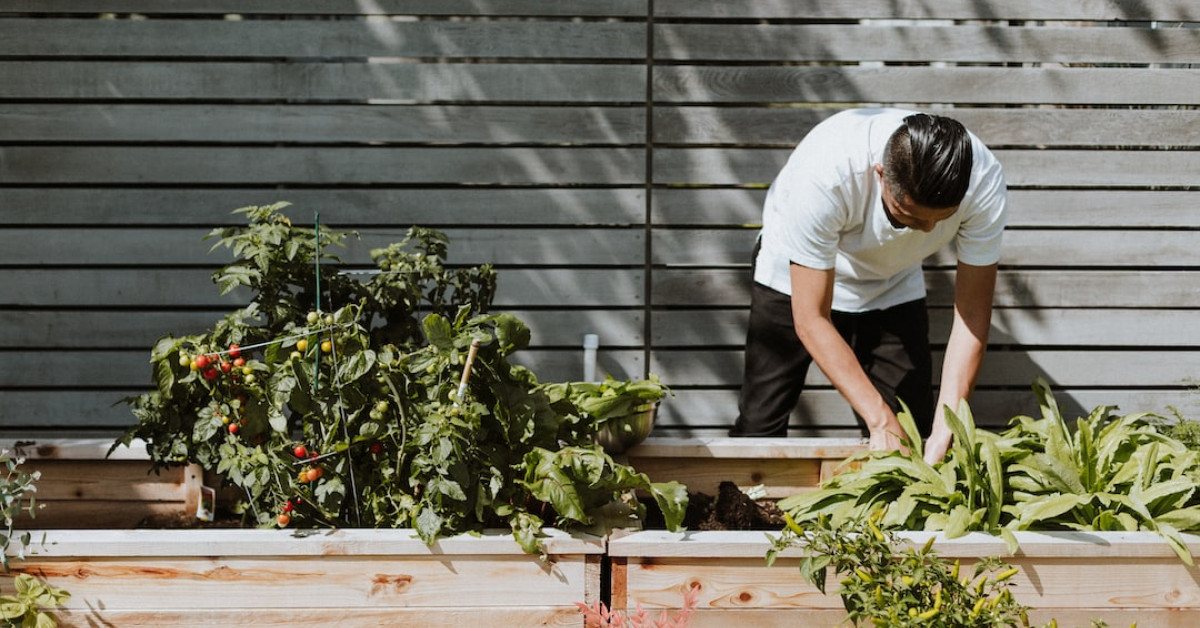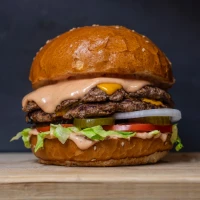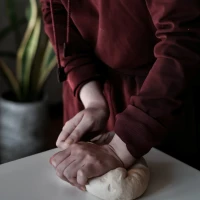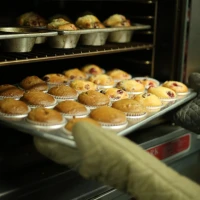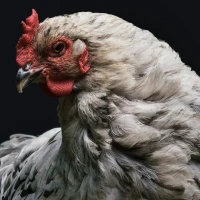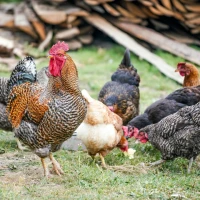When it comes to preparing a heart-healthy, flavorful, and simple meal, salmon is often the go-to choice for home cooks and professional chefs alike. Baking salmon at the right temperature and cooking time is crucial to achieving that sought-after flaky texture without drying it out. If you find yourself asking, “How long to cook salmon at 375 degrees for the perfect result?” this comprehensive guide will provide you with all the answers for flaky perfection in every bite.
Unlocking the secrets to perfectly baked salmon, means understanding not just the cooking time and temperatures, but also the type of salmon you’re using, the importance of seasoning, and how to pair it with vegetables for a complete meal. Let’s dive into the world of salmon and ensure your next baked salmon dish is nothing short of sensational.
The Art of Baking Salmon at 375°F for Flaky Perfection
Baking is a favored method for preparing this nutritious fish, promoting even cooking and retaining the delicate flavors. The golden question remains: how long to cook salmon at 375 degrees Fahrenheit? The answer depends on a variety of factors, including the thickness of your salmon fillet and personal preference for doneness.
Understanding Salmon Thickness and Oven Variabilities
It’s imperative to recognize that salmon fillets can vary greatly in size and thickness, affecting baking times. On average, a good rule of thumb is to bake your salmon for 12-15 minutes at 375°F if the fillet is about one inch thick. Here are some points to consider:
- For thinner fillets, start checking for doneness after 10 minutes.
- Thicker portions may require up to 20 minutes in the oven.
- Oven calibrations differ; using an oven thermometer can ensure accuracy.
Identifying the Perfect Doneness
Salmon’s internal temperature is the most reliable indicator of its doneness. Aim for an internal temperature of 145°F for fully cooked salmon, but if you prefer a slightly flaky and moist center, you might want to take it out at 125°F to 135°F, knowing it will continue to cook slightly from residual heat as it rests.
Seasoning and Preparation for the Ultimate Salmon Dish
Starting with a high-quality piece of salmon is half the battle. The seasoning and preparation, however, play a pivotal role in enhancing the fish’s natural flavors and achieving that flaky perfection.
Selecting Your Salmon
- Opt for fresh, sustainably sourced salmon for the best flavor and texture.
- Atlantic, sockeye, or king salmon each offer distinct tastes and fat content.
Seasoning Ideas for Maximum Flavor
Seasoning your salmon is where creativity shines. Here are some suggestions on how to dress your salmon for success:
- Rub the salmon with a blend of garlic powder, salt, and cracked pepper for a classic flavor profile.
- Create a glaze with honey, soy sauce, and Dijon mustard for a sweet and savory twist.
- A simple herb crust with dill, parsley, and lemon zest can offer a fresh and aromatic experience.
Baking Salmon to Accompany Vegetables for a Wholesome Meal
Baking salmon at the right temperature alongside vegetables can lead to a nutritious and complete meal, where flavors complement each other. At 375°F, certain vegetables will roast beautifully alongside your salmon, adding both color and nutrition.
Roasting Vegetables with Your Salmon
When considering how long to cook salmon at 375, timing the vegetables right is essential. Here are some vegetables that will roast perfectly within the 12-15 minute window:
- Asparagus
- Cherry tomatoes
- Thinly sliced zucchini and summer squash
- Quick-roasting vegetables like baby carrots or pre-sliced sweet potatoes
Herbs and Seasonings for Vegetables
- Be sure to toss your vegetables with olive oil, salt, and pepper.
- Mix in whole cloves of garlic or sliced onion for extra flavor.
- Utilize herbs like thyme and rosemary which will stand up to the heat and impart beautiful flavors.
Troubleshooting Common Baking Salmon Pitfalls
Even seasoned cooks sometimes make mistakes when baking salmon. Here are some tips on how to avoid them:
Preventing Dry or Overcooked Salmon
- Use a timer and check the fish’s internal temperature with a meat thermometer to prevent overcooking.
- Avoid opening the oven door too frequently, which can lead to temperature fluctuations.
Battling Bland or Under-seasoned Salmon
- Don’t be shy with your spices and seasonings; salmon pairs well with a variety of flavors.
- Consider marinating your salmon for 30 minutes prior to baking for deeper flavor infusion.
Ensuring Crispy Skin and Even Cooking
- If you prefer your salmon skin crispy, start by searing the skin side on a stovetop before transferring to the oven.
- Ensure your oven is preheated thoroughly to maintain a consistent cooking environment for your fish.
Expert Tips and Tricks for Baked Salmon Success
Beyond the basics of timing and temperature, a few expert tips can elevate your baked salmon from good to great.
The Importance of Letting Salmon Rest
Allowing the salmon to rest for a few minutes after baking ensures that the juices redistribute, providing a more tender and moist final dish.
Utilizing Leftover Salmon
Optimize your leftovers by transforming them into a salad topping, pasta dish enhancer, or a wholesome addition to breakfast scrambles or frittatas.
Pairing Salmon with Complementary Sauces
Experiment with sauces to dress up your baked salmon. Some classic options include:
- Greek yogurt dill sauce
- Cucumber relish
- Creamy avocado sauce
- Teriyaki or miso glaze for an Asian-inspired twist
Conclusion: The Journey to Perfect Baked Salmon at 375°F
Achieving flaky perfection when baking salmon is an art form that’s easily mastered with the right knowledge and techniques. By understanding how long to cook salmon at 375 degrees based on its thickness, mastering the art of seasoning, and learning how to perfectly pair it with vegetables, you’re well on your way to creating a dish that’s bound to impress. Remember to consider individual preferences for doneness, focus on quality ingredients, and not to overlook the importance of rest post-baking.
The journey to perfecting your baked salmon is one of experimentation and refinement. Embrace the process, and soon, you’ll be crafting a dish that’s not only nutritious and delicious but also tailored to your personal taste. Here’s to many more flaky, flavorful, and fulfilling salmon experiences in your kitchen!
